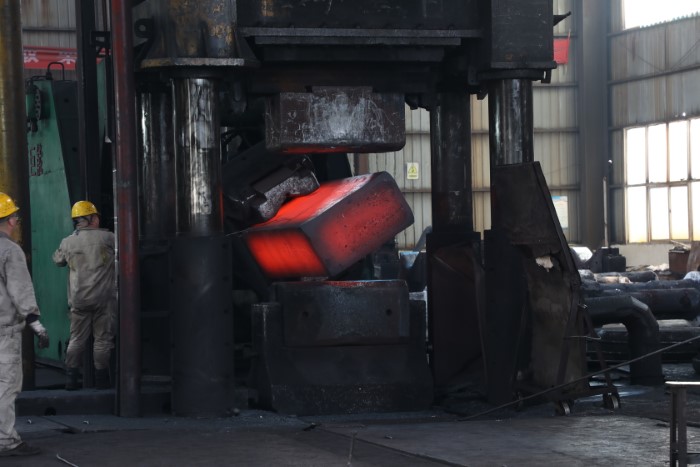In the dynamic landscape of manufacturing, the demand for forged components is poised for significant growth in the coming decade. Among the various sectors driving this expansion, Aerospace and Defense stand out as key catalysts for the industry’s evolution.
The Aerospace and Defense sector has long been a driving force behind technological advancements and innovation in materials and manufacturing processes. In the realm of forged components, this industry plays a pivotal role in shaping demand trends, driven by the unique requirements of high-performance applications, stringent safety standards, and the pursuit of cutting-edge technologies.
One of the primary reasons for the heightened demand for forged components in Aerospace and Defense is the critical importance of reliability and performance in mission-critical applications. Aircraft engines, missile systems, and spacecraft propulsion systems, among other vital components, require the utmost precision, durability, and strength to withstand extreme conditions and ensure operational success. Forged components, with their superior metallurgical properties and structural integrity, offer unmatched reliability and performance compared to alternative manufacturing methods.
Furthermore, as the Aerospace and Defense sector continues to push the boundaries of innovation, the demand for forged components is expected to surge in response to evolving requirements for advanced materials and complex geometries. Forged components allow engineers to achieve intricate designs with precise tolerances, enabling the development of next-generation aircraft, spacecraft, and defense systems that are lighter, more efficient, and technologically superior.
Moreover, the increasing focus on sustainability and environmental responsibility is driving a shift towards lightweight materials and fuel-efficient technologies in the Aerospace and Defense industry. Forged components, renowned for their high strength-to-weight ratio and inherent resistance to fatigue and corrosion, play a crucial role in facilitating these advancements by enabling the development of lightweight structures without compromising on performance or safety.
Looking ahead, the Aerospace and Defense sector is poised to continue its trajectory of growth and innovation, further bolstering the demand for forged components. With ongoing investments in research and development, advancements in additive manufacturing technologies, and a relentless pursuit of excellence, this industry will remain at the forefront of forging innovation, driving the evolution of materials, processes, and technologies for years to come.
In conclusion, while various industries will contribute to the increasing demand for forged components in the next decade, Aerospace and Defense will undoubtedly play a central role in shaping the future of the forging industry. As technological advancements continue to redefine the possibilities in engineering and manufacturing, the collaboration between Aerospace and Defense and the forging sector will drive unprecedented innovation and propel the industry towards new heights of excellence and performance.
Post time: Apr-17-2024





